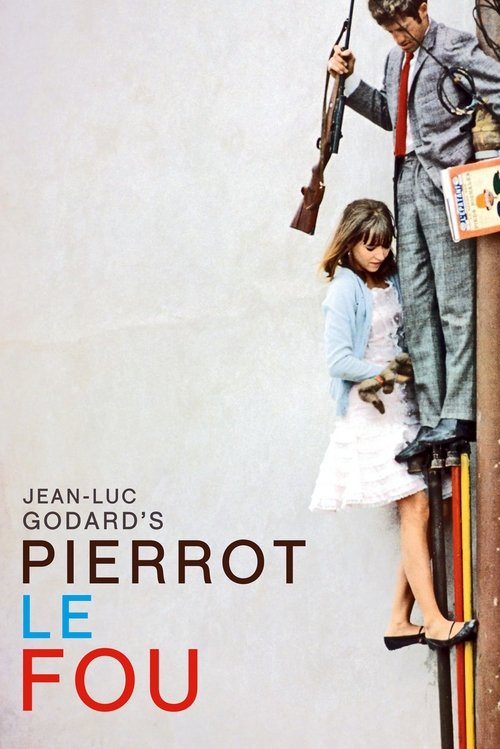
Title: Pierrot le Fou
Year: 1965
Director: Jean-Luc Godard
Writer: Jean-Luc Godard
Cast: Jean-Paul Belmondo (Ferdinand Griffon, 'Pierrot'), Anna Karina (Marianne Renoir), Graziella Galvani (Maria, Ferdinand's Wife), Aicha Abadir (Aicha Abadir (uncredited)), Henri Attal (Le Premier Pompiste (uncredited)),
Runtime: 110 min.
Synopsis: Pierrot escapes his boring society and travels from Paris to the Mediterranean Sea with Marianne, a girl chased by hit-men from Algeria. They lead an unorthodox life, always on the run.
Rating: 7.367/10